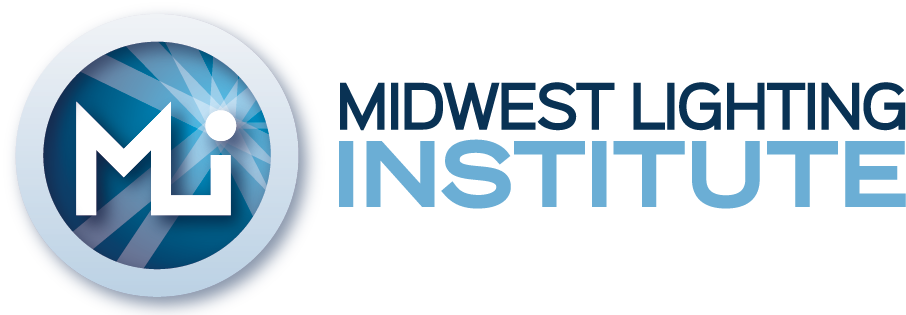Research
Midwest Lighting Institute supports lighting research in fully operational healthcare settings that utilizes results from previous laboratory or small-scale studies. Our objective is to conduct, support and advocate responsible and reliable research that can bring benefits to patients and healthcare staff while simultaneously lowering the costs of energy and lighting system maintenance. The projects we undertake are demonstration studies to elevate the best science in the field of light and health to reliable best practices.
MLI Supported Published Studies
The Effect of Blue-Enriched Lighting on Medical Error Rate in a University Hospital ICU
The joint Commission Journal on Quality and Patient Safety 2020; 000:1-11
Yanjun Chen, MD, PhD; Aimee Teo Broman, MA; Geoffrey Priest, MD, MBA; Christopher P. Landrigan, MD, MPH; Shadab A. Rahman, PhD; Steven W. Lockley, PhD
Objective: This study evaluated whether the introduction of short-wavelength-enriched white light in nursing station areas of an Intensive Care Unit (ICU) would result in fewer medical errors.
Methods: Blue-enriched Lighting was installed in the nursing areas, break room and hallways of the 24-bed ICU area of a hospital, with the melanopic Daylight Efficacy Ratio (DER) being doubled throughout all areas. Patient records for those staying more than 24 hours in the ICU were randomly selected and analyzed during a 5-month period and compare to randomly selected records from the same five-month period taken from the previous year. From these 1067 records, 192 records (99 pre-intervention, 93 post intervention) were determined to contain medical errors, and these were analyzed to assess the differences in medical error rates between the two conditions.
Results: The study found a statistically significant 33% reduction in high-severity harmful errors (Categories F-I) but not a statistically significant change in the overall number of medical errors.
Conclusions: This study provides a good indication of how lighting can increase alertness and lead to fewer errors, however this work needs to be expanded to give it greater power and utilize more advanced LED lighting technology.

MLI Provides Advisory Roles:
Exposure to short wavelength-enriched white light and exercise improves alertness and performance in operational NASA flight controllers working overnight shifts.
Journal of Occupational and Environmental Medicine, Publish Ahead of Print DOI : 10.1097/JOM.0000000000002054
Laura K. Barger, Ph.D., Jason P. Sullivan, Steven W. Lockley, Ph.D. Charles A. Czeisler, Ph.D.,
Objective: This study evaluated the efficacy of a combined short-wavelength-enriched white light and exercise fatigue countermeasure during breaks for flight controllers working overnight shifts
Methods: Twenty NASA flight controllers were studied for two blocks of nightshifts in ISS mission control, randomized to either the control or countermeasure condition. The countermeasure constituted passive exposure to blue-enriched polychromatic lighting for three 20-minute intervals, which included 10 minutes of exercise and occurred before and twice during their shifts. Alertness, performance and mood were evaluated.
Results: Flight controllers reported being significantly more alert (p <0.0001) and happy (p=0.003) and had faster reaction times (p <0.05) during the countermeasure condition compared to the control condition.
Conclusions: The combined light and exercise countermeasure improved alertness, performance and mood in shift workers overnight. Further research is necessary to determine their relative contribution.

